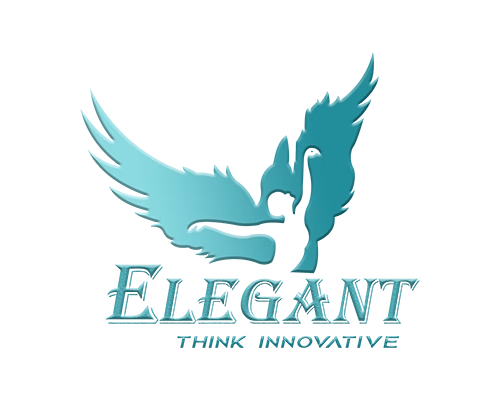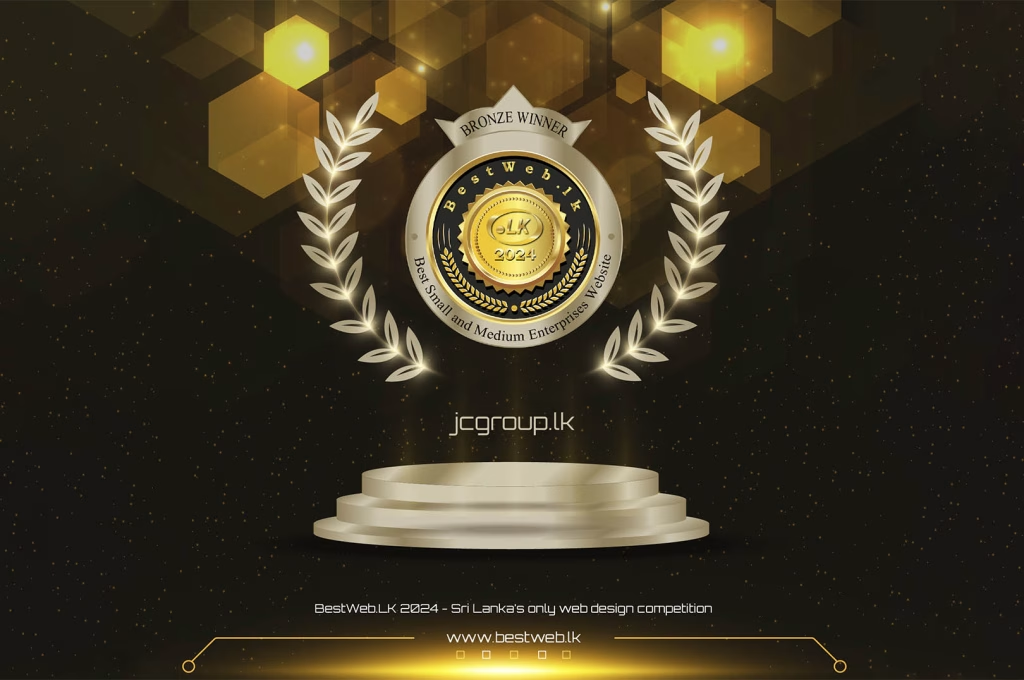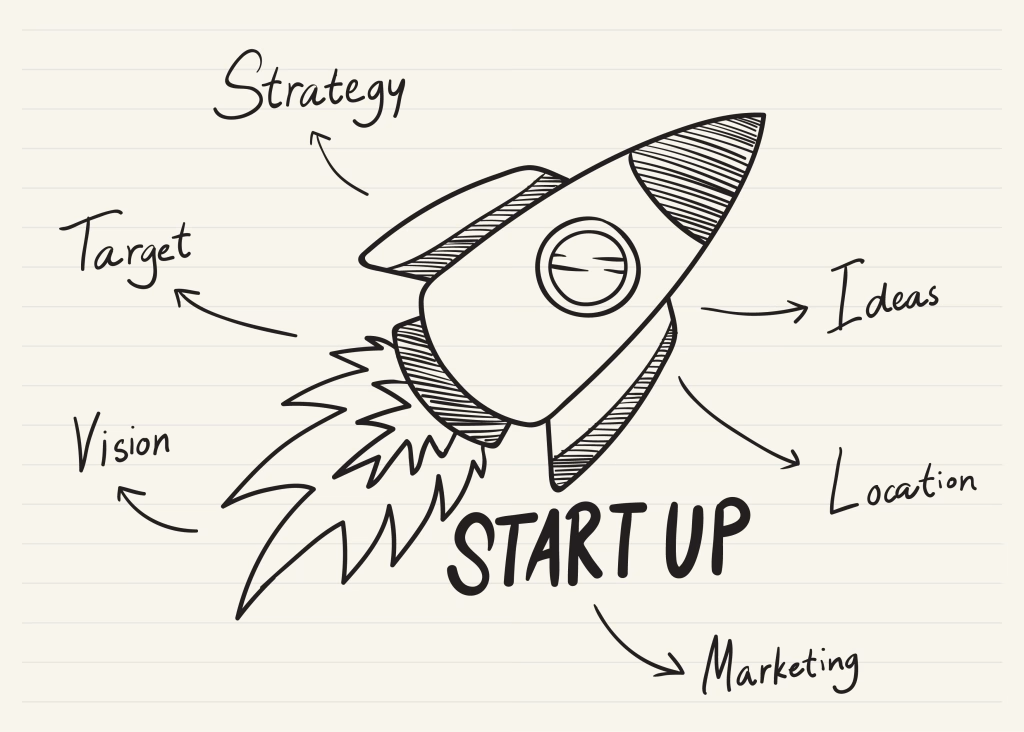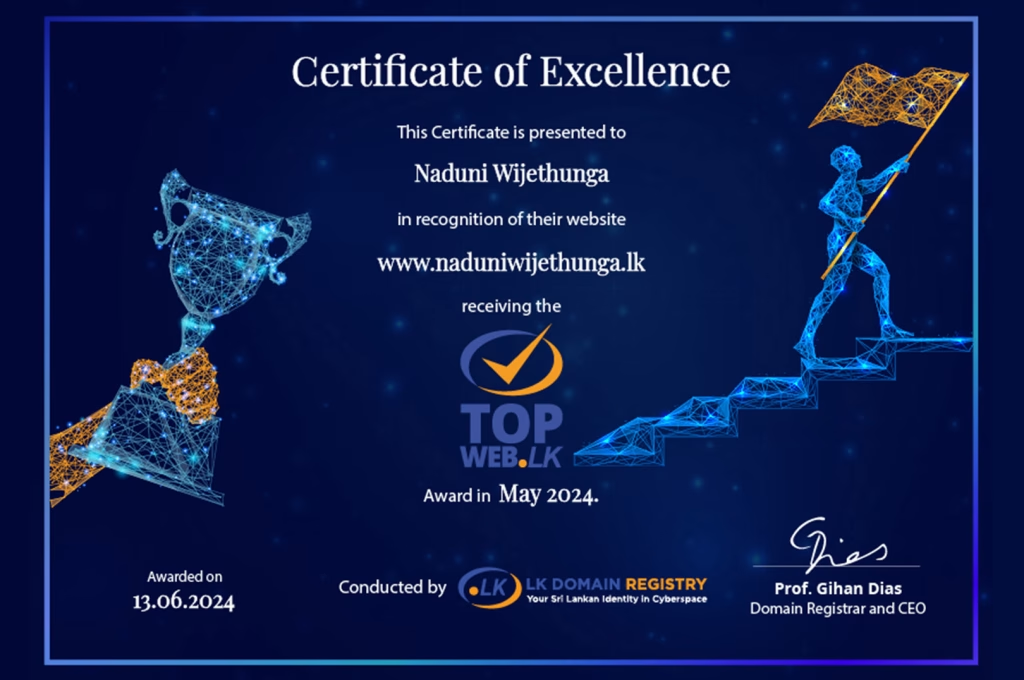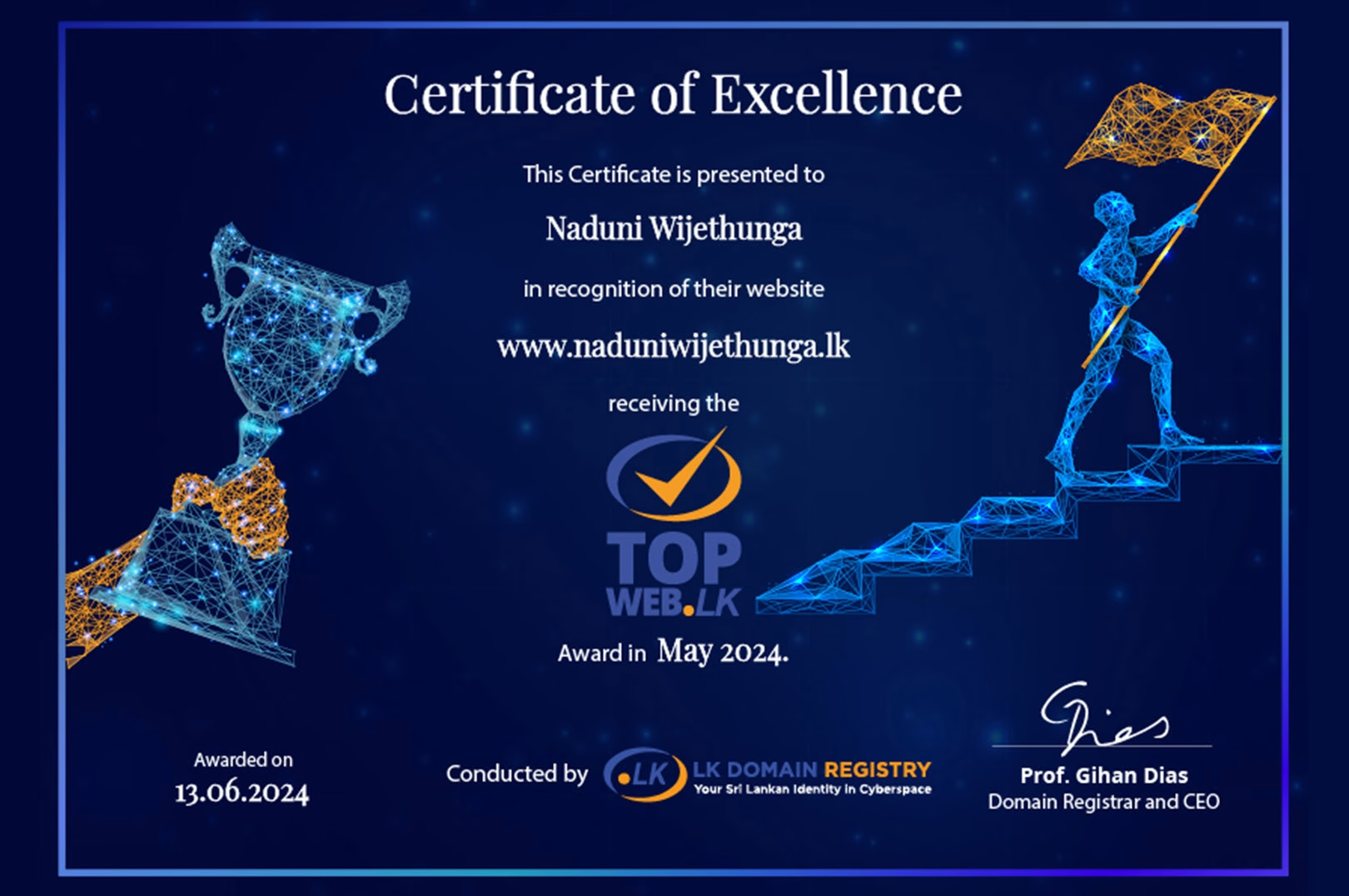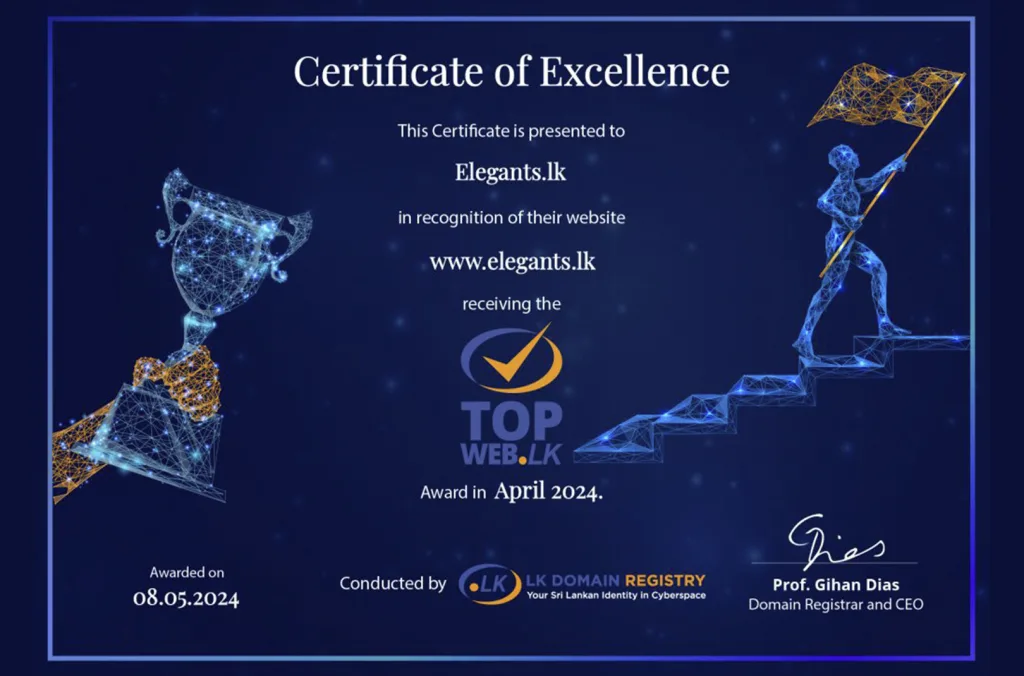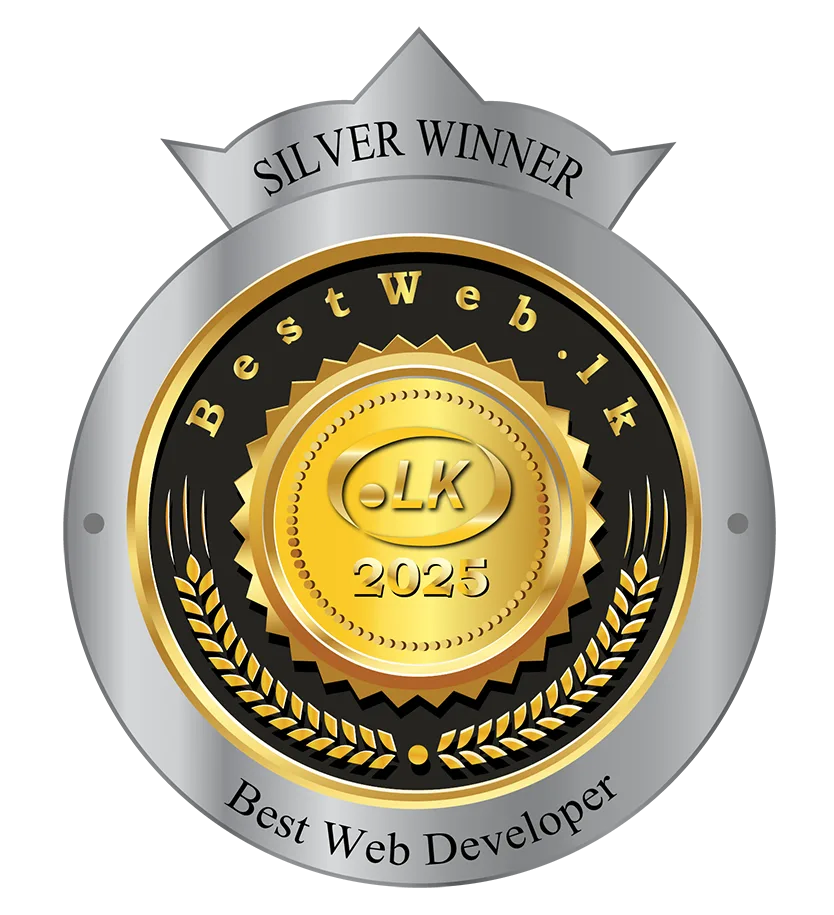Congratulations to jcgroup.lk: Bronze Award Winner for Best SME Website at BestWeb.lk 2024
Congratulations to jcgroup.lk: Bronze Award Winner for Best SME Website at BestWeb.LK 2024
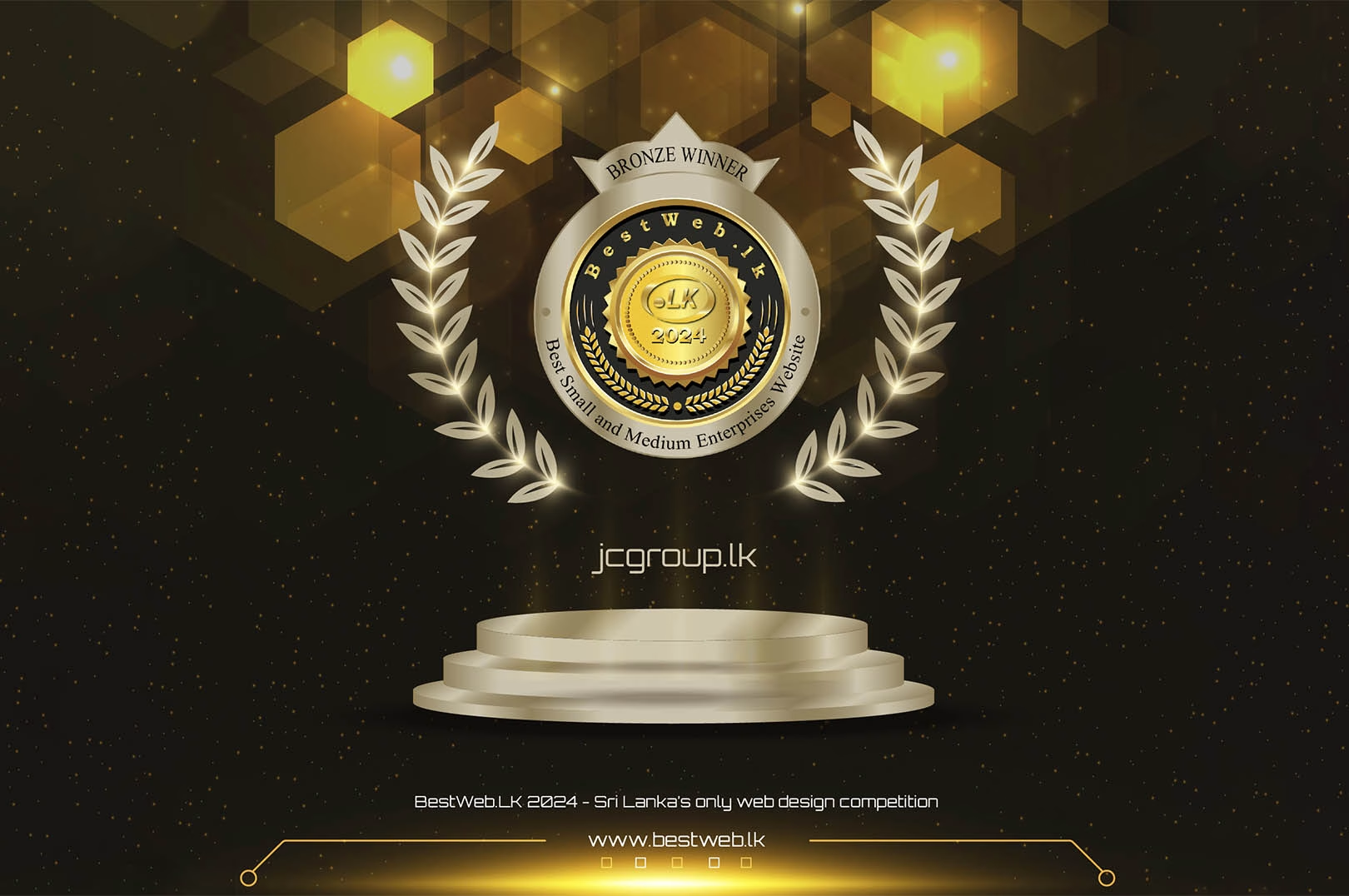
We are thrilled to announce that jcgroup.lk (J & C Interior And Exterior Designing (pvt) Ltd) has won the Bronze Award in the Best Small and Medium Enterprises Website category at BestWeb.LK 2024, Sri Lanka’s premier web design competition. This prestigious recognition is a testament to the dedication, innovation and collaborative spirit that defines our work at Elegant.
As the creators of the award winning website, we take immense pride in contributing to jcgroup.lk’s success. Our team worked tirelessly to ensure the website not only met but exceeded industry standards, offering an exceptional user experience that aligns with the vision and values of J & C Interior And Exterior Designing (pvt) Ltd. This award highlights our commitment to delivering high-quality, user-centric web designs that empower businesses to thrive in the digital landscape.
At Elegant, we believe that a well-crafted website is more than just an online presence—it’s a powerful tool for growth and engagement. The recognition of jcgroup.lk at BestWeb.LK 2024 underscores our ability to create websites that resonate with audiences and drive meaningful results.
We extend our heartfelt congratulations to J & C Interior And Exterior Designing (pvt) Ltd for this achievement and look forward to continuing our partnership in the future. Here’s to many more milestones and successes together!
Thank you for trusting Elegant with your digital journey.
FEATURED POSTS
-
 Elegant Shines at BestWeb.LK 2025 with 4 Prestigious Awards
Elegant Shines at BestWeb.LK 2025 with 4 Prestigious Awards -
 Why Every Bakery Needs a Professional Website
Why Every Bakery Needs a Professional Website -
 Why Yoga Instructors or Yoga Institutes Should Have a Professional Website
Why Yoga Instructors or Yoga Institutes Should Have a Professional Website -
 How a Mobile Friendly Website Can Boost Your Sales
How a Mobile Friendly Website Can Boost Your Sales -
 ELEGANT Launches New Website for Best Care Liverpool
ELEGANT Launches New Website for Best Care Liverpool -
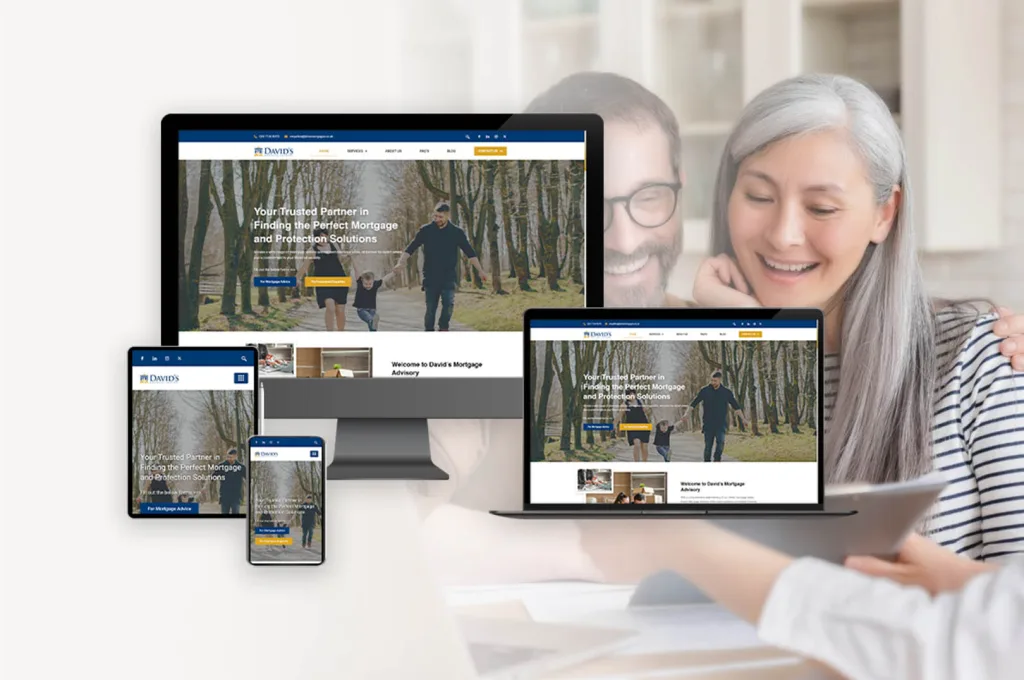 ELEGANT Launches New Website for David’s Mortgage Advisory Ltd with a Fresh, Professional Look
ELEGANT Launches New Website for David’s Mortgage Advisory Ltd with a Fresh, Professional Look
